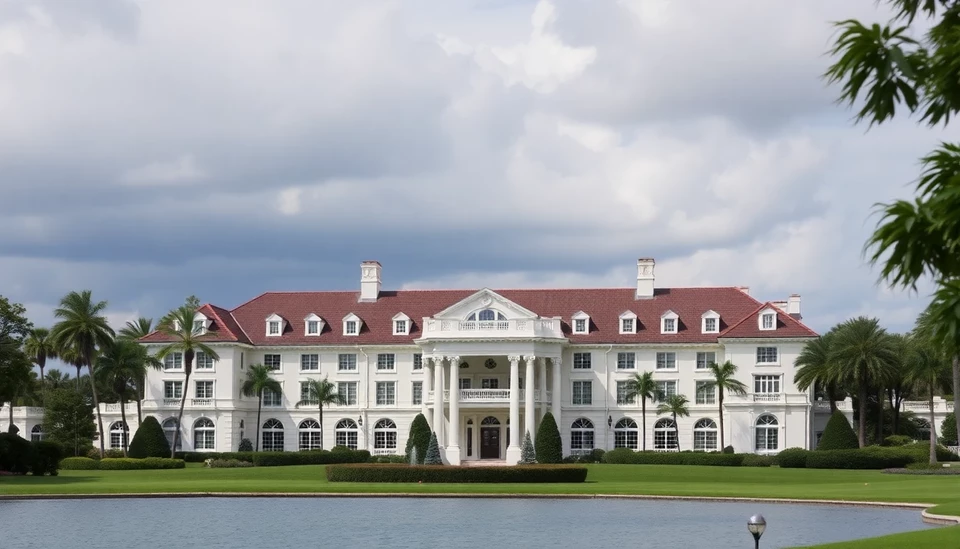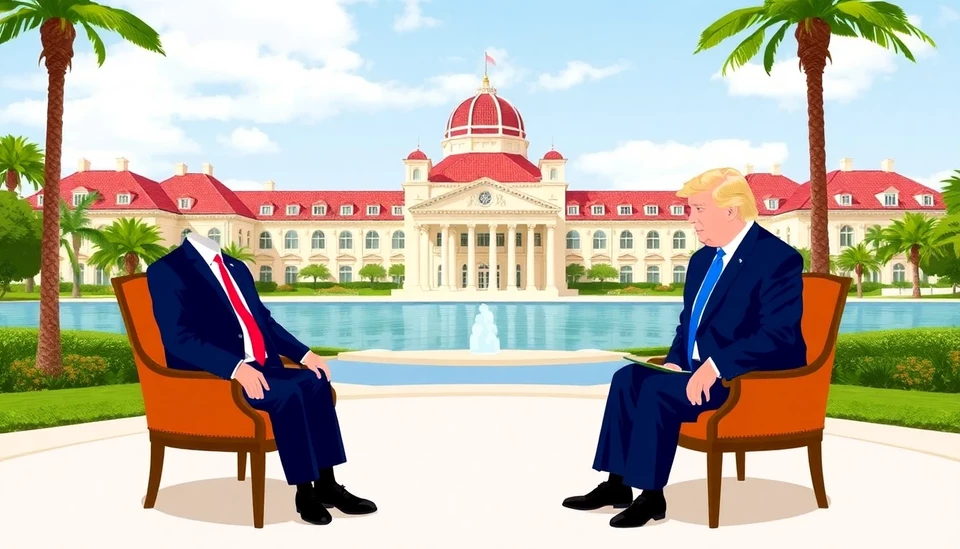
In recent discussions amongst finance and political circles, a significant proposal dubbed the "Mar-a-Lago Accord" has emerged. This rumored initiative, associated with former President Donald Trump, is allegedly designed to modify the United States’ monetary policy, specifically with respect to the U.S. dollar (USD). According to Jim Bianco, a prominent financial analyst, the Accord seeks to make sweeping changes that could shift the economic landscape significantly.
The Mar-a-Lago Accord has been positioned as a response to mounting pressures both domestically and globally, as nations grapple with fluctuating currency values and rising inflation rates. While details remain scarce, the core of the proposal focuses on leveraging the USD’s dominance in international markets by implementing tactical maneuvers that would ideally enhance its stability.
Experts suggest that this initiative could potentially introduce measures that directly affect how the Federal Reserve operates and interacts with global economies. Bianco speculates that if adopted, the Accord would prioritize a strengthened dollar, reflected in its outward exchange rates and its influence over oil and commodity pricing. This strategy aims to reassert the U.S. dollar's power amid concerns of emerging digital currencies challenging its role as the world’s primary reserve currency.
One of the anticipated outcomes of the Mar-a-Lago Accord would involve increased cooperation between the U.S. and other key global players to maintain the dollar's value. This may encompass negotiations with major economies, fostering strategic partnerships that could dictate favorable terms for U.S. goods and services on foreign markets.
However, the Accord is not without its critics. Detractors warn that the plan could lead to unforeseen consequences, such as igniting further tensions with rival nations that might feel threatened by a strengthened dollar. These critics argue that the motivations behind the Accord may be more politically driven than economically beneficial. The delicate balance between maintaining a robust dollar and addressing international relations could lead to intricate diplomatic challenges.
Moreover, analysts are equally intrigued and concerned about the potential ramifications of such an accord on the average American. The prospect of recalibrating the dollar's value raises questions about inflation, wage growth, and the cost of living—all vital considerations for everyday citizens. If the plan does gain traction, it remains to be seen how the U.S. government would communicate these changes to the public and the extent to which they would be willing to embrace the shifts.
While the Mar-a-Lago Accord continues to raise eyebrows and ignite debate, its exact parameters, feasibility, and potential impact remain an enigma. As discussions progress, the financial world is keenly monitoring developments, awaiting clearer signals on whether this ambitious plan will become a reality or remain yet another footnote in the saga of post-pandemic economic strategy.
As we navigate these uncertain waters, the ramifications of the Mar-a-Lago Accord serve as a reminder of the interconnectedness of global economies and the delicate nature of monetary policy. It emphasizes the necessity for vigilance in understanding and adapting to the ever-evolving financial landscape.
#MarALagoAccord #USD #FinanceNews #MonetaryPolicy #GlobalEconomy #Inflation #JimBianco
Author: Rachel Greene

